Emergence of 5G Connectivity
The advent of 5G technology is poised to revolutionize the Laptop Market by enabling faster internet speeds and improved connectivity. As more regions roll out 5G networks, laptops equipped with 5G capabilities are becoming increasingly attractive to consumers. This technology allows for seamless streaming, quicker downloads, and enhanced online collaboration, which are essential for both personal and professional use. Market analysts predict that the adoption of 5G-enabled laptops could lead to a growth rate of around 30% in the coming years. This trend suggests that manufacturers will need to prioritize 5G integration to remain competitive in the Laptop Market.
Rise of Remote Work and Learning
The shift towards remote work and online learning has profoundly impacted the Laptop Market. As more individuals and organizations adopt flexible work arrangements, the demand for reliable laptops has escalated. Data suggests that the sales of laptops designed for remote work have increased by nearly 20% in the past year. This trend is likely to continue as educational institutions and businesses recognize the necessity of equipping their workforce and students with suitable devices. Consequently, manufacturers are focusing on creating laptops that cater to the specific needs of remote users, further stimulating growth in the Laptop Market.
Technological Advancements in Hardware
The Laptop Market is experiencing a surge in technological advancements, particularly in hardware components. Innovations such as faster processors, enhanced graphics capabilities, and improved battery life are driving consumer interest. For instance, the introduction of solid-state drives (SSDs) has significantly increased data access speeds, making laptops more efficient. According to recent data, the market for laptops equipped with the latest processors is projected to grow by approximately 15% annually. This trend indicates that consumers are increasingly seeking devices that can handle demanding applications, such as gaming and professional software, thereby propelling the Laptop Market forward.
Growing Importance of Cybersecurity Features
In an era where data breaches and cyber threats are prevalent, the Laptop Market is witnessing a heightened emphasis on cybersecurity features. Consumers are increasingly aware of the risks associated with online activities, prompting manufacturers to integrate advanced security measures into their devices. Features such as biometric authentication, encrypted storage, and secure boot processes are becoming standard in new laptop models. This shift is reflected in market data, which indicates that laptops with enhanced security features are experiencing a sales increase of approximately 25%. As cybersecurity becomes a priority for users, the Laptop Market is likely to adapt accordingly.
Increased Focus on User Experience and Customization
The Laptop Market is witnessing a growing emphasis on user experience and customization options. Consumers are seeking devices that not only meet their performance needs but also offer personalized features. This trend is evident in the rise of laptops with customizable keyboards, adjustable displays, and modular components. Market data indicates that laptops with enhanced user experience features are seeing a sales increase of approximately 18%. As manufacturers strive to differentiate their products, the focus on user-centric design is likely to shape the future of the Laptop Market, catering to diverse consumer preferences.


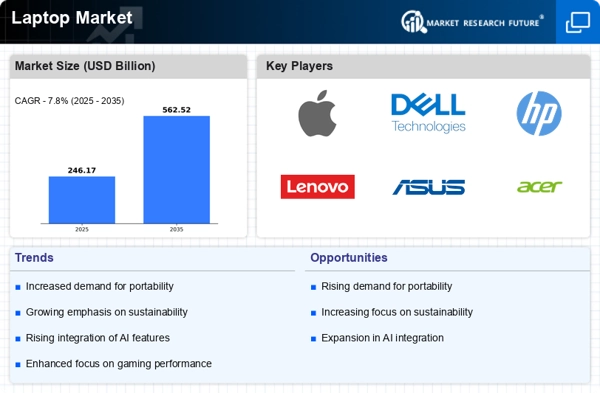
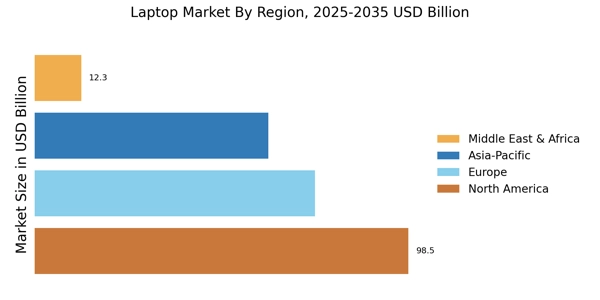
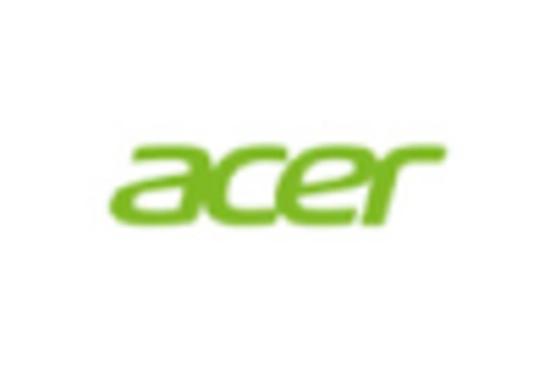

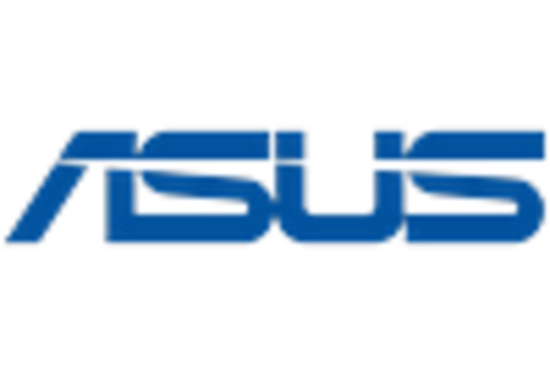
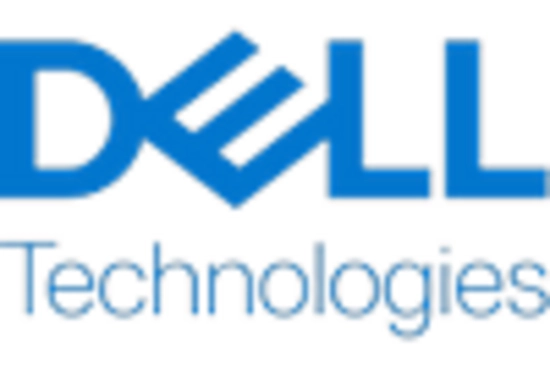
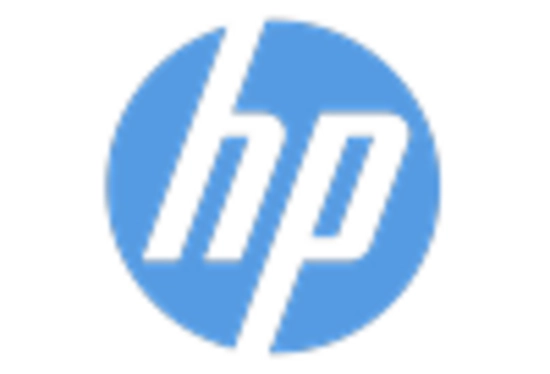
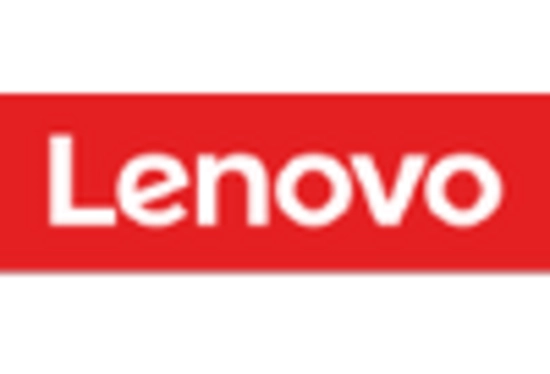








Leave a Comment